Karst is a landscape that is created by water dissolving limestone over many thousands of years, forming an intricate three-dimensional topography with shafts, sinkholes, caves, disappearing streams and springs. About 10 percent of BC, primarily in mountainous parts of the coast and interior, has bedrock that is suitable for karst formation. The abundance of water in BC’s coastal temperate rain forests causes karst to develop more rapidly there than in other karst areas. The worldwide scarcity of temperate rainforests such as those on Vancouver Island and the Queen Charlottes, combined with the rapid development of karst features in such forests, make BC’s coastal karst landscapes among the most dynamic on earth.
The Board has completed numerous complaint investigation reports on forestry impacts on quality, quantity and timing of water flow. Twenty-nine of 126 complaints investigated from 1996 to 2005 concerned such issues. However, the Board has never gone back to evaluate whether complaint participants were satisfied with the outcome of those investigations.
To judge satisfaction, 32 telephone interviews were conducted in 2006 with participants from 20 water‐related Board investigations. Seventeen interviews were with complainants, eight were with the government agencies and seven with licensees. Interview results provided a scorecard of the Board’s performance.
Management of invasive plants in British Columbia is a complex task involving a range of jurisdictions, legislation, policies, and guidelines. This report examines the current status of invasive plant management in BC, concentrating primarily on the role of range and forest tenure holders under the Forest and Range Practice Act (FRPA).
Invasive plants are species that are non-native to a respective ecosystem under consideration and whose introduction causes, or is likely to cause, economic or environmental harm, or harm to human health. Uncontrolled, these species can invade new environments and alter the structure and function of natural ecosystems. In 1995, an estimated 100,000 hectares of grassland and open forest were infested with a variety of invasive plant species, including knapweed, and at least another 10 million hectares of Crown land were susceptible to invasion.
A 60-year history of fire suppression, insect and tree disease epidemics, and logging practices are all contributing to a build-up of fuel in our forests. Meanwhile, the encroachment of urban development into forested areas increases the risk of catastrophic wildfires with excessively high fuels create a risk to the public and to important forest values, such as community watersheds and habitat for endangered species. This special report explores issues related to the build?up of fuels, particularly with respect to forest practices. The scope of the report is the fire-prone ecosystems in the southern part of the province.
The Forest Practices Board is mandated to audit government’s and agreement holders’ compliance with forest practices legislation, and the appropriateness of government enforcement. This mandate began under the Forest Practices Code of British Columbia Act (the Code) in 1995, and continues under the Forest and Range Practices Act (FRPA).
Board audits are independent external audits. Audit findings are reported to the public and responsible government ministers. FPB audits differ substantially from internal company audits or those undertaken for most other purposes. Significant features of the FPB audit program are:
Related News Release
The former planning-based regulatory regime for forest and range practices in British Columbia is being replaced by a new regime that is described as results based. Under the new regime, only one plan requires public review and government approval—the forest stewardship plan. The Forest Practices Board examined the attributes of 15 of the earliest forest stewardship plans (FSP). The Board decided to identify potential concerns now in the hope that these comments will be constructive and will help to influence the content of the many plans currently in development.
